INDUSTRY
One Nation, One Fertiliser scheme achieves little in cutting costs
- IBJ Bureau
- Oct 25, 2022
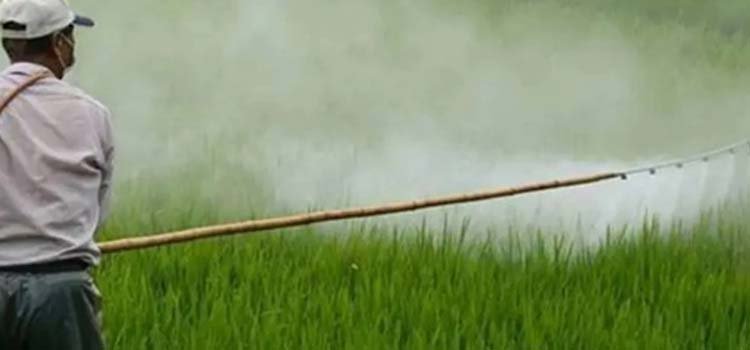
Fertiliser
is the latest sector to be ensnared into the government’s one-nation obsession.
In mid-October, Prime Minister Narendra Modi launched the One Nation, One
Fertiliser scheme, which officially has a rather long-winding name: Pradhan Mantri Bhartiya Jan Urvarak
Pariyojana (PMBJUP).
Under the new scheme, all subsidised fertilisers – be
they urea, Di-Ammonium Phosphate (DAP), Muriate of Potash (MOP) or Nitrogen, Phosphorus
and Potassium (NPK) – will be sold under the brand name of Bharat. Accordingly,
two-thirds space of each fertiliser bag will have to display the standardised
brand Bharat as well as the logo of the scheme PMBJUP. Fertiliser companies are
allowed to display their respective names, brands, logos and other relevant
product information only on the remaining one-third space of their bags. This
norm has come into effect from October 2.
Government’s
rationale
According to the government, the single brand will
help standardise the subsidised fertilisers across the nation irrespective of
the company manufacturing them. The government also advocates that the new
scheme will ensure farmers the availability of affordable quality fertilisers
of the Bharat brand.
The government believes that farmers are confused
and in illusion about fertiliser brands. They do not get quality soil nutrients
as retailers keep pushing certain brands in return for higher commission.
Besides, some companies run aggressive advertising campaigns and project their
brands to be of a superior quality. The single brand will eliminate such ways
of misleading farmers. Besides, cut-throat competition among companies that
push their brands will get reduced with this single branding and ensure
sufficient supply of fertilisers across the country.
According to the government, the new scheme will reduce
the criss-cross movement of fertilisers, reduce freight subsidy bill and
improve timely availability of fertilisers to farmers. “With the One Nation,
One Fertiliser scheme, the farmer will get rid of all kinds of confusion about
quality of fertilisers and their availability. Now, the urea sold in the
country will be of the same name, same brand and same quality, and this brand
is Bharat,” stressed Mr Modi, while launching the scheme last month.
Convoluted
system
The peculiar nature of the Indian fertiliser
industry makes it easy for the government to dictate the terms of trade. The domestic
fertiliser industry is highly controlled and heavily subsidised by the
government. The fertiliser subsidy bill has been spurting year after year and
is likely to cross Rs 2,00,000 crore in 2022-23. With the government spending
so much, it seems to want to take credit and also drive home the point to the
farmers that its PMBJUP scheme ensures that they get the best quality of
fertilisers at affordable prices and in a timely manner. These factors appear
to be the driving force behind the new branding scheme.
The fertiliser subsidy scheme, like most other
government schemes, works in quite a convoluted way. The price of urea is
directly controlled by the government, which fixes the maximum retail price
(MRP) of urea. The MRP of urea has undergone very little change over the past
many years. This has meant that urea is available at dirt-cheap price to
farmers. The government bares the actual cost of production of urea by paying
fertiliser companies the difference between the actual cost of production or the
cost of imports and the MRP.
The MRPs of non-urea fertilisers, such as DAP, MOP
and NPK, are decontrolled on paper. Fertiliser companies are free to fix their
own prices. However, the government pays fertiliser companies a particular
amount of subsidy per tonne on each of these fertilisers. It also informally
indicates prices of these fertilisers. The companies adhere to those prices,
failing which they would not be paid the per-tonne subsidy.
Earlier, companies were paid subsidies by the
government after their fertilisers reached a district’s railhead point or an approved
warehouse. But since March 2018,
companies get subsidy payment only after actual sales to farmers by retailers.
Each retailer has a point-of-sale (PoS) machine linked to the Department of
Fertilisers’ e-Urvarak Direct Benefit Transfer (DBT) portal. Fertiliser
companies get subsidy payment only after the PoS machine sends a buyer’s
Aadhaar or Kisan Credit Card number, his or her name and biometric
authentication to the government’s DBT portal.
Awful
effects
The One Nation, One Fertiliser scheme is riddled
with several problems. It will disincentivise fertiliser companies from
undertaking marketing and brand promotion activities as well as extension
activities, which provide farmers vital information. These companies will now
be reduced to contract manufacturers or importers for the government.
The government is making tall claims of providing
standardised, best quality of fertilisers at affordable prices. However, the
government is only standardising packaging and branding, which alone cannot
assure a good quality of product.
A recent CRISIL report notes that the new fertiliser
policy is going to adversely squeeze the margins of manufacturers. With
branding no longer in their control, companies will have to build strong
marketing and promotional strategies to maintain their market share and growth.
This will further add to their selling expenses and impact their margins.
These new measures add an additional layer of
control to an already over-controlled industry. The new branding directions
smack of the licence era regime and run contrary to the government’s
oft-repeated claim of “minimum government and maximum governance”. There is a
risk of the private sector moving out of the fertiliser sector. This will be
disastrous as the public sector alone cannot assure quality and timely
availability of fertilisers.
A major problem with this government is the
transactional nature of its thinking. This government has been time and again
stating publicly the amount of subsidy it has been bearing on various services,
be they rail tickets or other incentives. The fertiliser scheme also stems from
the same mindset. Governments in modern, welfare economies are expected to
deliver public services but not keep repeating the cost it is bearing again and
again.
The government argues that the scheme will slash freight costs by preventing various fertiliser brands from criss-crossing the country. In fact, the freight component of the cost is minimal at around Rs 6,000 crore of the subsidy bill of a whopping over Rs 2,00,000 crore. The scheme will thus achieve little in terms of cutting costs.
If the government really wanted to prune the
bloating subsidies, it should replace the current form of fertiliser subsidy
with direct subsidies to farmers through the DBT system. The DBT is quite
successful in almost all welfare schemes, including the PM Kisan Samman Nidhi.
Direct subsidy to farmers will weed out leakages present in the current system.
It can also decontrol one of the last vestiges of the licence era and bring
much-needed reforms in the fertiliser sector.


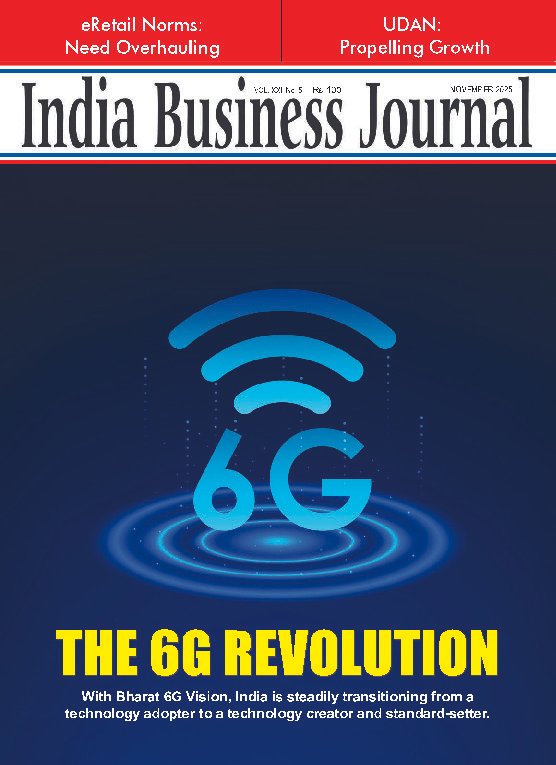
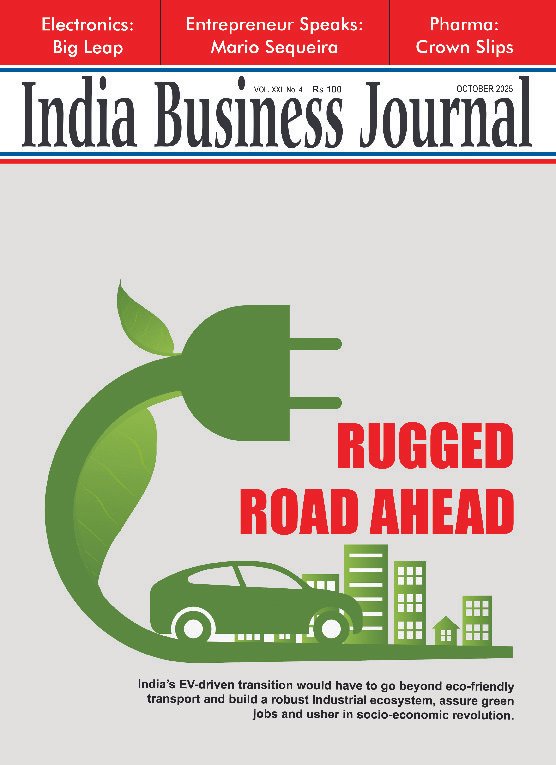
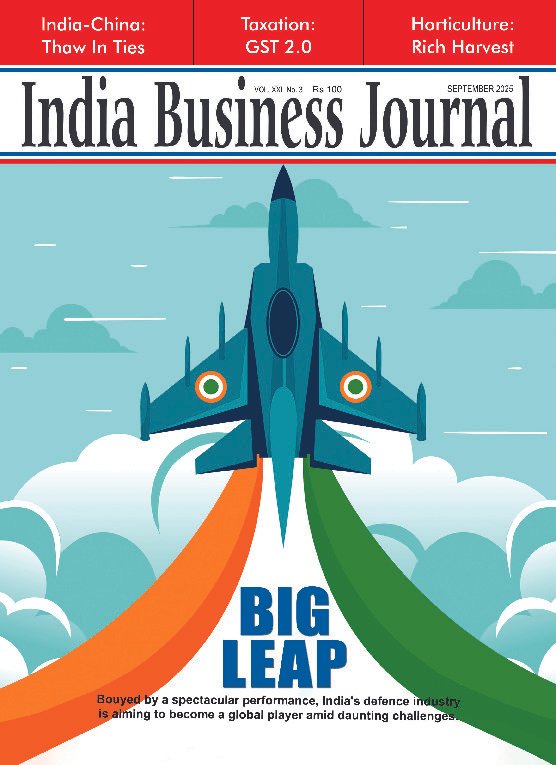
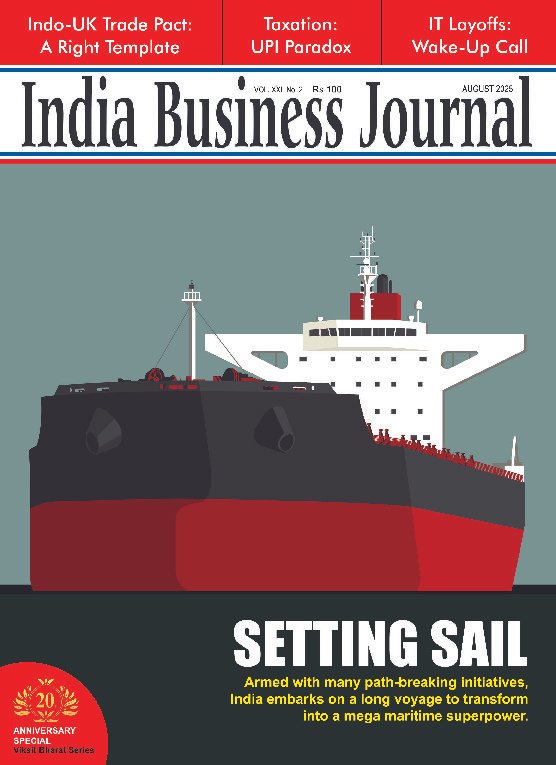





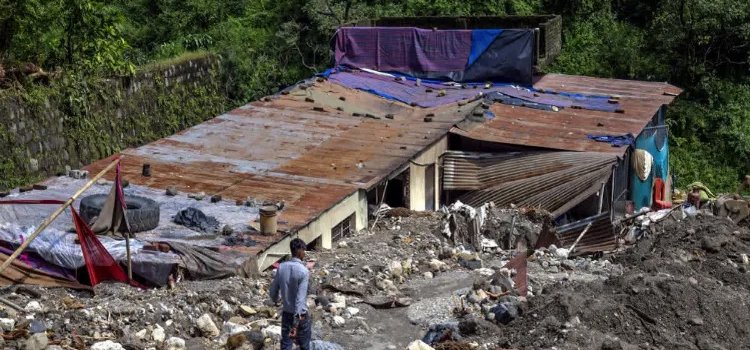
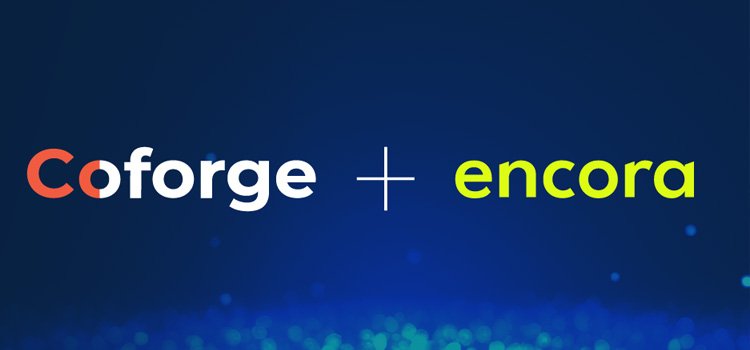

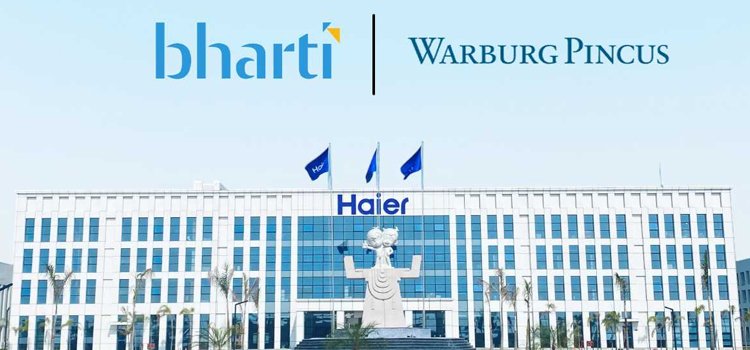
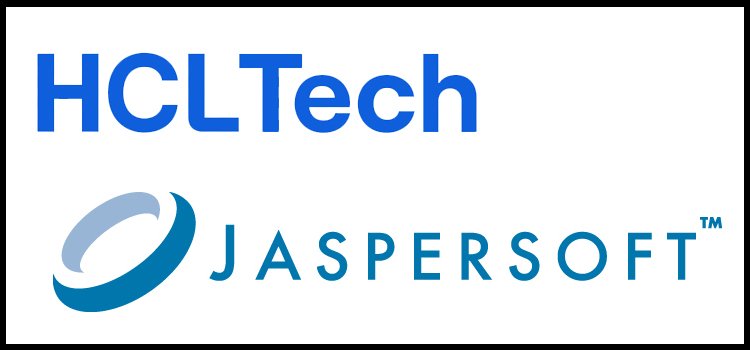



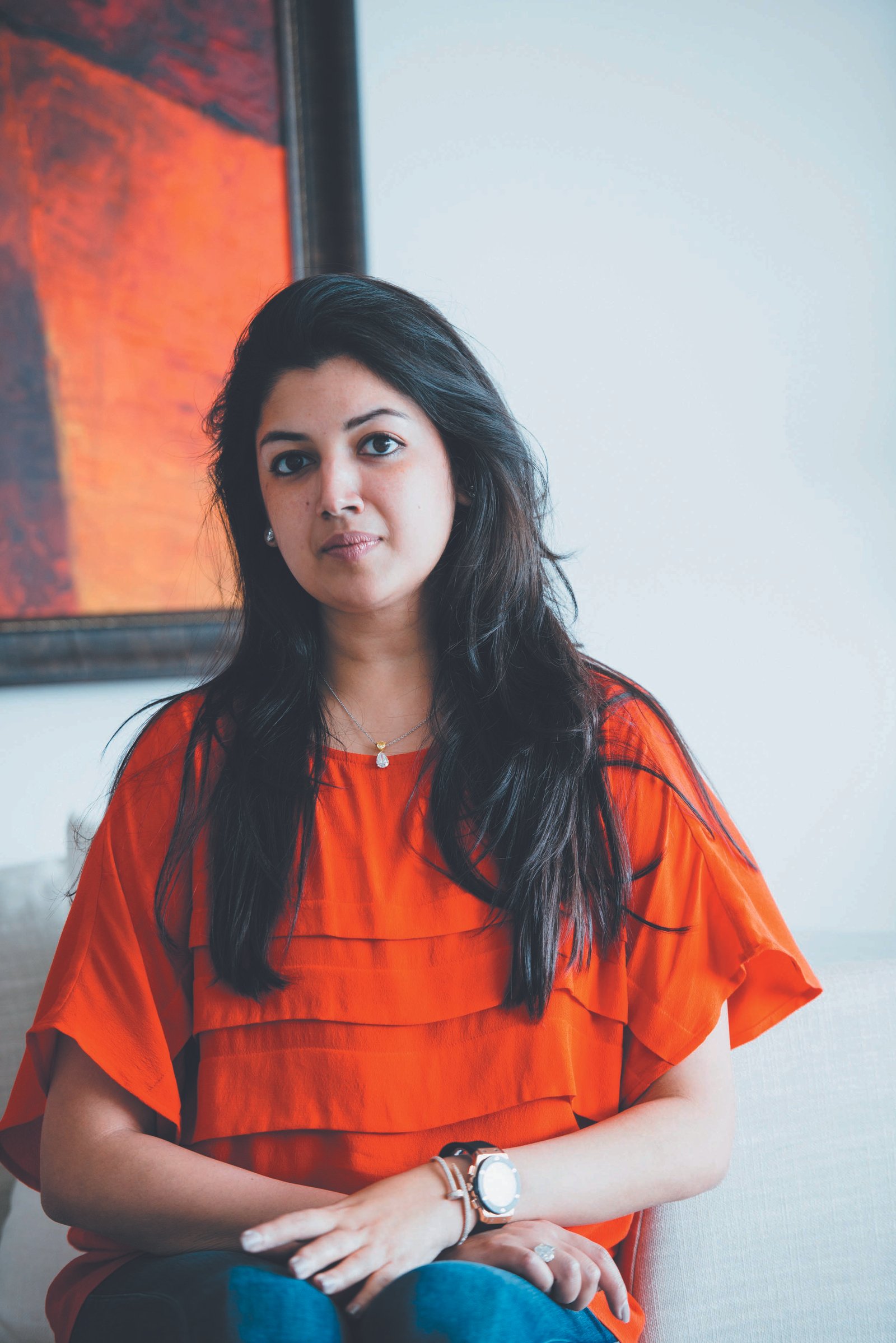

Report By
View Reporter News